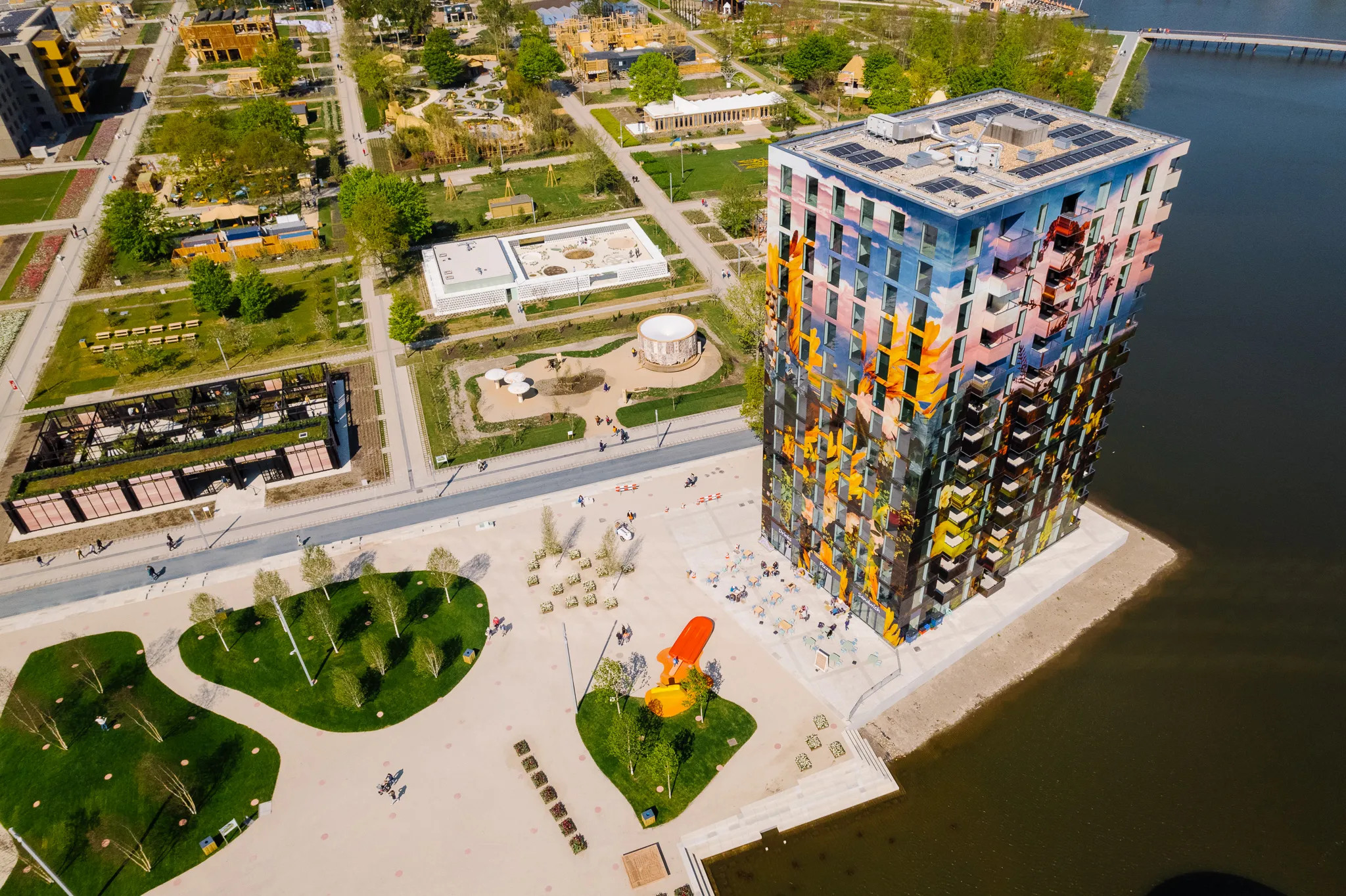Architecture is Not Public Art
DOI:
https://doi.org/10.58519/aesthinv.v6i1.17077Keywords:
architecture, Public Art, phenomenological fit, narrative fitAbstract
In this ‘Editor’s column’, I question whether architecture is what we have come to call Public Art. It seems nonsense to say that architecture is not an art, when it is obviously something that people make for audiences, i.e. for other people who admire it. Moreover, architecture steers and influences people. Evidently, all of culture is by and for people and influences people. But when is culture art? Is design an art – is architecture?
References
Danto, Arthur C. 1987. “Tilted Arc and Public Art.” In The State of the Art, 90–95. New York: Prentice Hall Press.
de Batteux, Abbé Charles. 1746. Les Beaux-arts réduits à un mème principe. Paris: Durand.
Kelly, Michael. 1996. “Public art controversy.” Journal of Aesthetics and Art Criticism 54:15–22.
Kristeller, Paul Oskar. 1978a. “The Modern System of the Arts.” Journal of the History of Ideas 13:17–46.
--- 1978b. “The Modern System of the Arts.” Journal of the History of Ideas 12:496–527.
Downloads
Published
Issue
Section
License
Copyright (c) 2023 Rob van Gerwen

This work is licensed under a Creative Commons Attribution 4.0 International License.
Authors who publish with this journal agree to the following terms:
Authors retain copyright and grant the journal right of first publication with the work simultaneously licensed under a Creative Commons Attribution License that allows others to share the work with an acknowledgement of the work's authorship and initial publication in this journal. Note: up to volume 4 issue 1, an incorrect copyright line appears in the PDFs of the articles.
Authors are able to enter into separate, additional contractual arrangements for the non-exclusive distribution of the journal's published version of the work (e.g., post it to an institutional repository or publish it in a book), with an acknowledgement of its initial publication in this journal.
Authors are permitted and encouraged to post their work online (e.g., in institutional repositories or on their website) prior to and during the submission process, as it can lead to productive exchanges, as well as earlier and greater citation of published work (See The Effect of Open Access).






